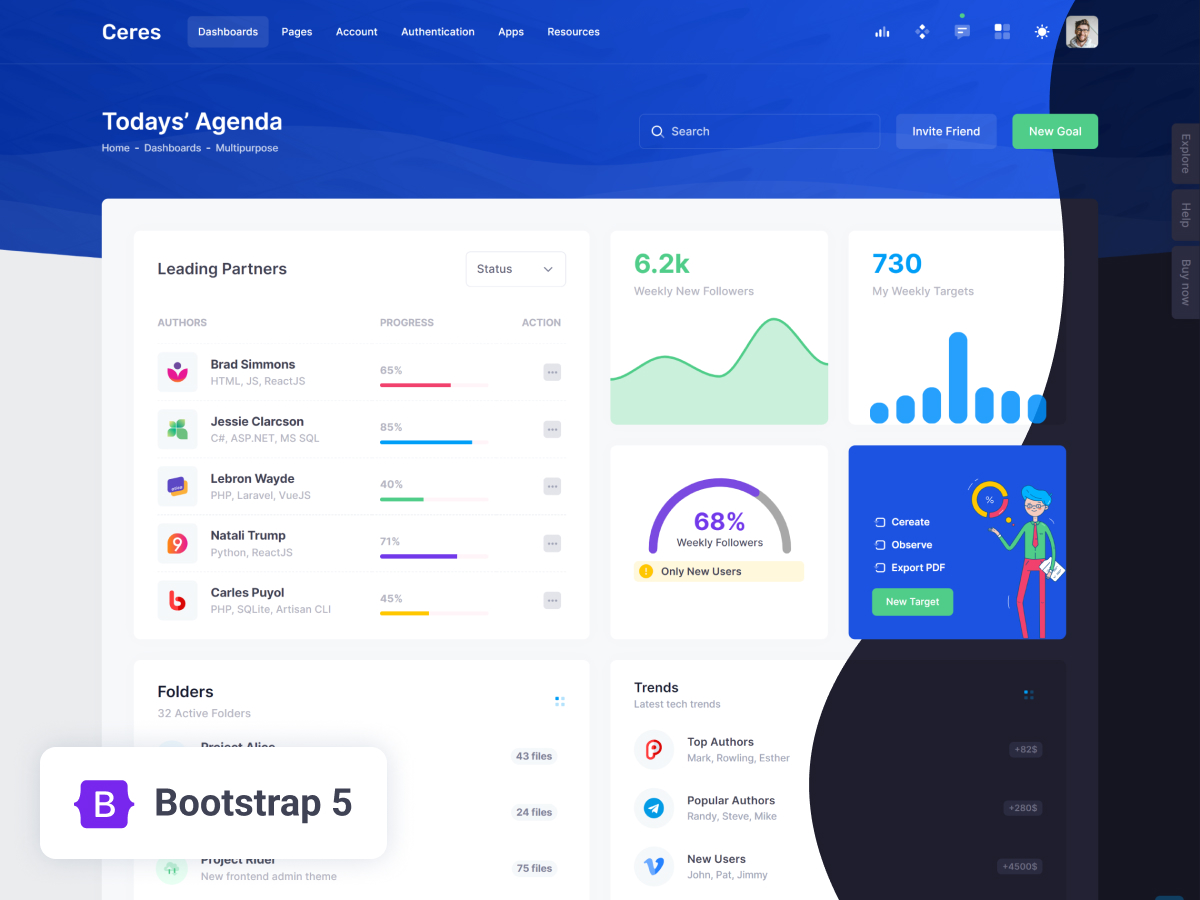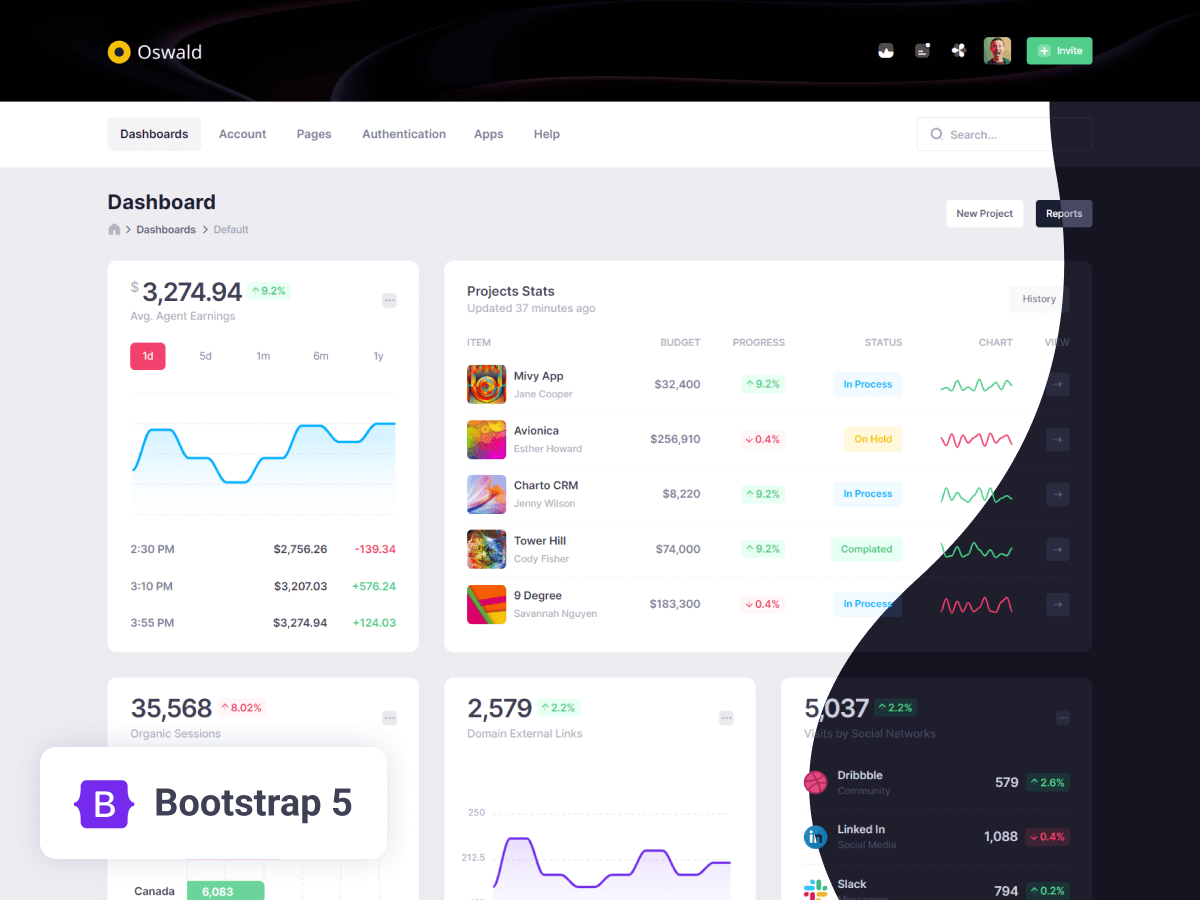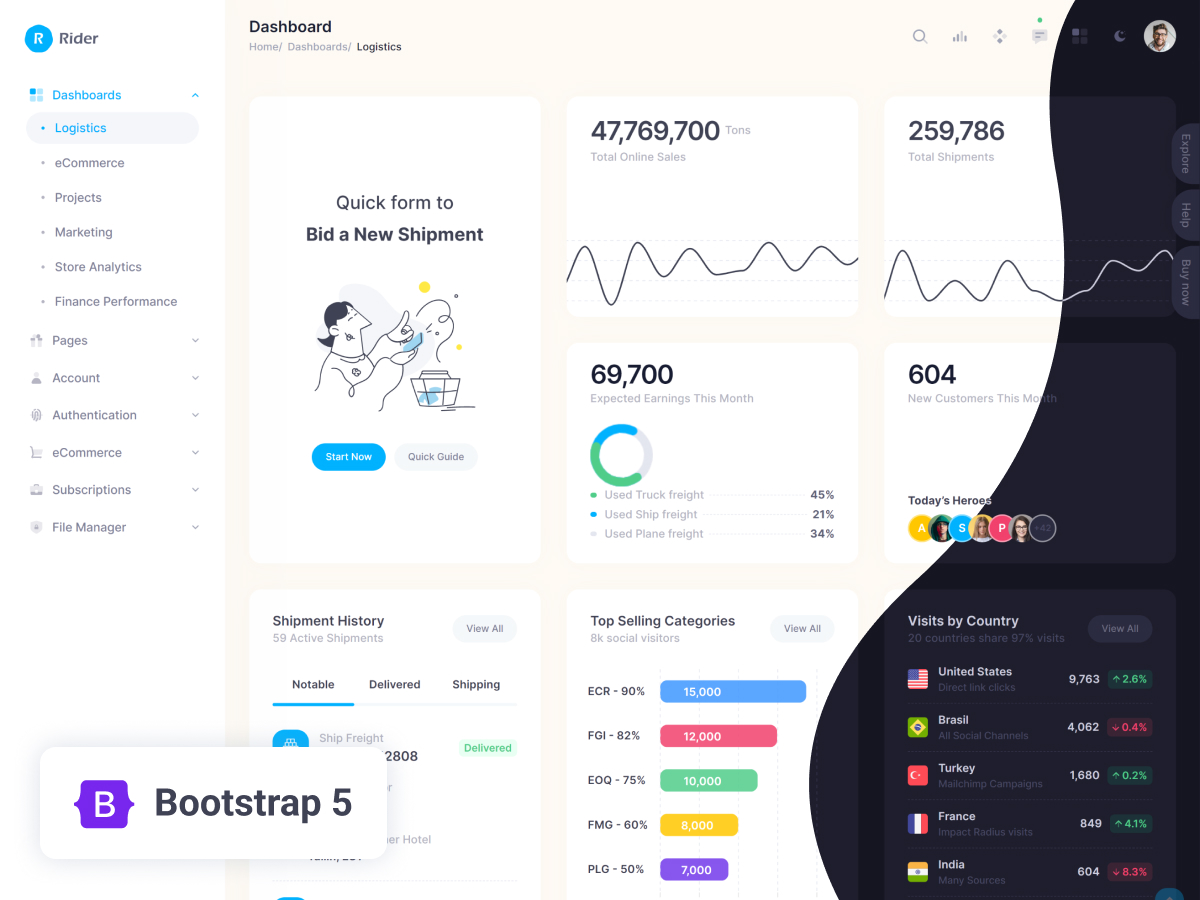实名物联卡:Managing Your Mobile Data During Peak Usage Times
Managing Your Mobile Data During Peak Usage Times
With the increasing reliance on mobile devices for various tasks such as streaming, gaming, and social media, managing mobile data consumption during peak usage times has become crucial. As more people use their mobile devices simultaneously, network congestion can occur, leading to slower connection speeds and potential data overages. To ensure optimal performance and avoid unexpected charges, here are some strategies to help you manage your mobile data during peak usage times:
Identify Peak Usage Times:

The first step in managing your mobile data is to understand when peak usage times occur. Peak usage times can vary depending on your location, carrier, and daily routine. Generally, peak usage times for mobile data tend to be during the morning commute, lunchtime, and evening hours when many people are using their devices simultaneously. Identifying these peak periods will allow you to plan your data usage accordingly.
Utilize Wi-Fi Whenever Possible:
Wi-Fi networks typically provide faster and more stable connections compared to cellular data. Whenever possible, connect to a Wi-Fi network to minimize your reliance on cellular data. This can significantly reduce your mobile data usage, especially for activities that require a lot of bandwidth, such as video streaming or online gaming. Public Wi-Fi hotspots are widely available in many locations, such as coffee shops, libraries, and airports.
Set Mobile Data Usage Limits and Alerts:
Many mobile carriers offer tools and features to help you manage your mobile data usage. These tools typically allow you to set data usage limits and alerts. When you reach a certain data usage threshold, you will receive a notification or your data connection may be throttled to prevent overages. This way, you can stay informed about your data consumption and take necessary actions to avoid exceeding your data limit.
【4.】Compress or Reduce Data Usage:
To minimize your mobile data usage, consider using data compression techniques or apps that reduce data consumption. These tools work by optimizing data transmission, reducing the amount of data sent and received. Many web browsers and apps have built-in data compression features that can be enabled to reduce data usage without sacrificing performance.
【5.】Use Data-Efficient Apps:

Not all apps are created equal when it comes to data consumption. Some apps are more data-intensive than others. Be mindful of the apps you use during peak usage times and prioritize data-efficient apps. Many apps offer data-saving modes or settings that can be enabled to reduce data usage without compromising functionality.
【6.】Disable Background Data Usage:
Many apps continue to use data in the background even when you are not actively using them. To prevent this, disable background data usage for non-essential apps. This can be done through the app settings or the device's settings menu. By limiting background data usage, you can significantly reduce your overall data consumption.
【7.】Manage Streaming and Downloading:
Streaming and downloading large files can quickly consume a significant amount of data. During peak usage times, try to avoid streaming videos or downloading large files unless necessary. If you must stream or download, consider using Wi-Fi instead of cellular data. Additionally, set a data limit for streaming or downloading apps to prevent overages.

【8.】Optimize Your Device's Settings:
Your device's settings can also impact your mobile data usage. Disable automatic updates, turn off location services when not needed, and reduce the frequency of push notifications. These small changes can collectively help conserve mobile data. Additionally, consider adjusting your device's power settings to optimize battery life, which can also help reduce data usage.
【9.】Use Mobile Data-Only Mode:
If you have a dual-SIM device or a device with a dedicated data SIM card, consider using mobile data-only mode during peak usage times. This will prevent your device from switching to a cellular network when Wi-Fi is unavailable, which can help you avoid unexpected data charges.
【10.】Monitor Your Data Usage:
Regularly monitor your mobile data usage to stay informed about your consumption patterns. Many mobile carriers provide apps or online tools that allow you to track your data usage in real-time. This information can help you identify areas where you can reduce your data consumption or adjust your usage habits to avoid exceeding your data limit.
By implementing these strategies, you can effectively manage your mobile data during peak usage times, ensuring that you have a reliable and seamless online experience without incurring unexpected charges or sacrificing performance.
